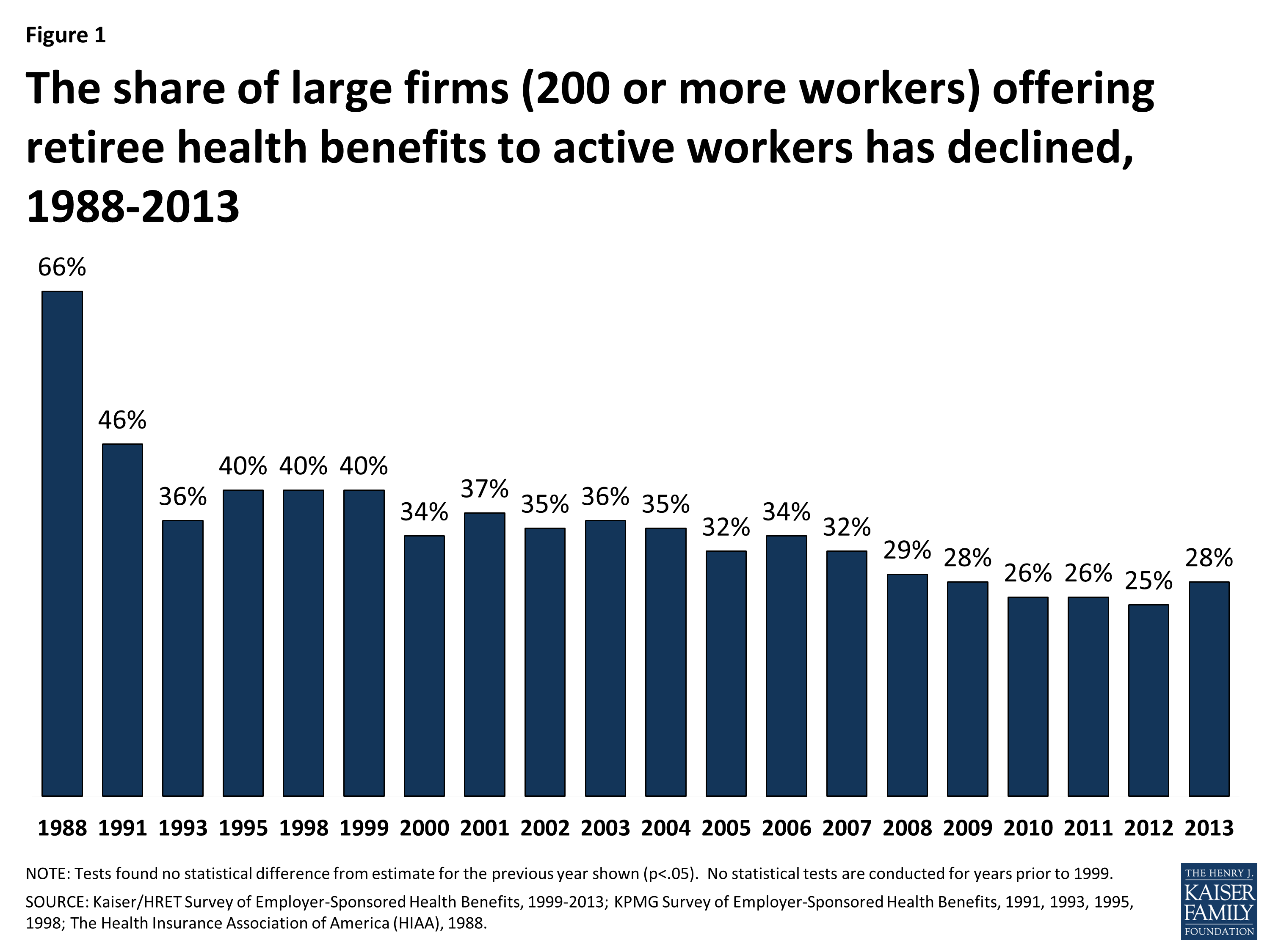Indicators on Medicare Advantage Agent You Should Know
Indicators on Medicare Advantage Agent You Should Know
Blog Article
Medicare Advantage Agent - An Overview
Table of ContentsThe Greatest Guide To Medicare Advantage AgentThe Ultimate Guide To Medicare Advantage AgentSome Known Details About Medicare Advantage Agent

follows from puzzling the reasonably young age account of the without insurance with the much better wellness, generally, of younger individuals. This covers the web link between health and wellness status and medical insurance. For those without access to office medical insurance, bad health is a prospective barrier to purchasing nongroup insurance coverage due to the fact that such protection may be very valued, exclude pre-existing problems, or be simply unavailable. The variety of without insurance Americans is not especially large and has not transformed in the last few years. Seven out of 10 respondents in an across the country depictive study believed that fewer Americans did not have medical insurance than actually do(Fronstin, 1998). Roughly fifty percent(47 percent )thought that the number of individuals without medical insurance decreased or stayed consistent over the latter half of the last years(Blendon et al., 1999). This decline of practically 2 million in the variety of people 'without insurance (a reduction
of around 4 percent)is absolutely a positive adjustment. With a softer economic climate in 2000 the most recent reported gains in insurance policy protection might not continue(Fronstin, 2001 ). The decrease in the number of uninsured will not proceed if the economy continues to be sluggish and wellness care costs remain to exceed rising cost of living. This is because the data were accumulated for a period of strong financial efficiency. Of the estimated 42 million people who were uninsured, just about about 420,000(regarding 1 percent)were under 65 years of age, the age at which most Americans end up being qualified for Medicare; 32 million were adults in between ages 18 and 65, around 19 percent of all grownups in this age; and 10 million were youngsters under 18 years old, concerning 13.9 percent of all children (Mills, 2000). These price quotes of the variety of individuals without insurance are created from the yearly March Supplement to the Present Population Study (CPS), performed by the Census Bureau. Unless otherwise kept in mind, national estimates of individuals without medical insurance and percentages of the population with different sort of coverage are based upon the CPS, one of the most widely utilized source of estimates of insurance protection and uninsurance prices. These surveys and the quotes they generate are defined briefly in Table B. 1 in Appendix B - Medicare Advantage Agent. These surveys differ in size and tasting techniques, the inquiries that are asked concerning insurance
The 5-Minute Rule for Medicare Advantage Agent
insurance coverage, and the moment duration over which insurance coverage or uninsurance is measured(Lewis et al., 1998, Fronstin, 2000a ). Still, the CPS is especially valuable due to the fact that it produces annual price quotes reasonably rapidly, reporting the previous year's insurance policy protection estimates each September, and because it is the basis for a constant collection of quotes for more than 20 years, permitting evaluation of fads in coverage with time.

Rumored Buzz on Medicare Advantage Agent
Over a three-year duration beginning early in 1993, 72 million individuals, 29 percent of the U.S. population, lacked protection for a minimum of one month. Within a single year(1994), 53 million people experienced at the very least a month without protection(Bennefield, 1998a). 6 out of every 10 without insurance grownups are themselves utilized. Although working does enhance the possibility that and one's member of the family will certainly have insurance, it is not an assurance. Even members of families with two permanent wage earners have practically a one-in-ten chance of being uninsured (9.1 percent uninsured price)(Hoffman and Pohl, 2000 ). The partnership between medical insurance and accessibility to care is well developed, as recorded later on in this phase. The relationship between health insurance and wellness results is neither straight nor basic, a substantial scientific and health and wellness services research literary works web links health and wellness insurance policy protection
to improved enhanced to care, better far betterTop quality and improved enhanced and population health wellnessStanding For instance, the second record, on individual health and wellness outcomes for without insurance grownups, is represented by the inner circle of the number, while the 3rd report, on household well-being, incorporates the topics of the second record however highlights a different device of analysis, namely, the family members. The sixth record in the series will certainly provide details regarding techniques and campaigns taken on locally, statewide, or across the country to deal with the absence of insurance and its damaging impacts. Degrees of evaluation for taking a look at the effects of uninsurance. This discussion of health insurance protection focuses mostly on the united state population under age 65 because basically all Americans 65 and older have Medicare or other public coverage.
It focuses specifically on those without any wellness insurance policy for any kind of size of time. The issues dealt with by the underinsured are in some respects comparable to those encountered by the without insurance, although they are normally less severe. Uninsurance and underinsurance, nonetheless, entail noticeably different policy concerns, and the methods for addressing them may vary. Throughout this research and the 5 records to adhere to, the primary focus gets on individuals without any health insurance and hence no help in paying for health treatment past what is offered through charity and safeguard organizations. Health insurance policy is an effective factor influencing receipt of treatment since both patients and doctors react to the out-of-pocket rate of services. Wellness insurance coverage, however, is neither needed nor enough to access to medical solutions. Nevertheless, the independent and straight effect of wellness
insurance policy coverage on accessibility to wellness services is well established. Others will acquire the healthcare they require even without health and wellness insurance, by spending for it expense or seeking it from suppliers who provide treatment free or at extremely subsidized prices. For still others, medical insurance alone does not make certain receipt of care due to various other nonfinancial obstacles, such as a lack of health and wellness treatment providers in their community, restricted accessibility to transport, illiteracy, or linguistic and cultural differences. Formal research study concerning without insurance populaces in the United States dates to the late 1920s and early 1930s when the Committee on the Expense of Treatment generated a collection of reports concerning funding medical professional office check outs and hospital stays. This issue came to be prominent as the varieties of clinically indigent climbed up throughout the Great Clinical depression. Empirical researches continually sustain the web link in between accessibility to care and boosted wellness end results(Bindman et al., 1995; Starfield, 1995 ). Having a normal resource of treatment can be taken into consideration a forecaster of accessibility, instead than a direct step of it, when health and wellness results are themselves utilized as gain access to signs. This expansion of the concept of access dimension was made by the IOM Board on Keeping An Eye On Gain Access To to Personal Health important link Care Provider(Millman, 1993, p. Whether moms and dads are insured appears to affect whether their kids receive care along with just how much careeven if the youngsters themselves have insurance coverage(Hanson, 1998). The health and wellness of parents can affect their capacity to take care of their kids and the level of family members anxiety. Bothering with their youngsters's accessibility to care is itself a source of stress for moms and dads. Three chapters adhere to in this report. Phase 2 gives an introduction of how employment-based medical insurance, public programs and individual insurance coverage run and communicate to provide considerable however incomplete protection of the U.S. population. This includes an evaluation of historical trends and public laws affecting both public and exclusive insurance coverage, a conversation of the interactions amongst the different sorts of insurance coverage, and an evaluation of why individuals relocate from one program to one more or wind up

Report this page